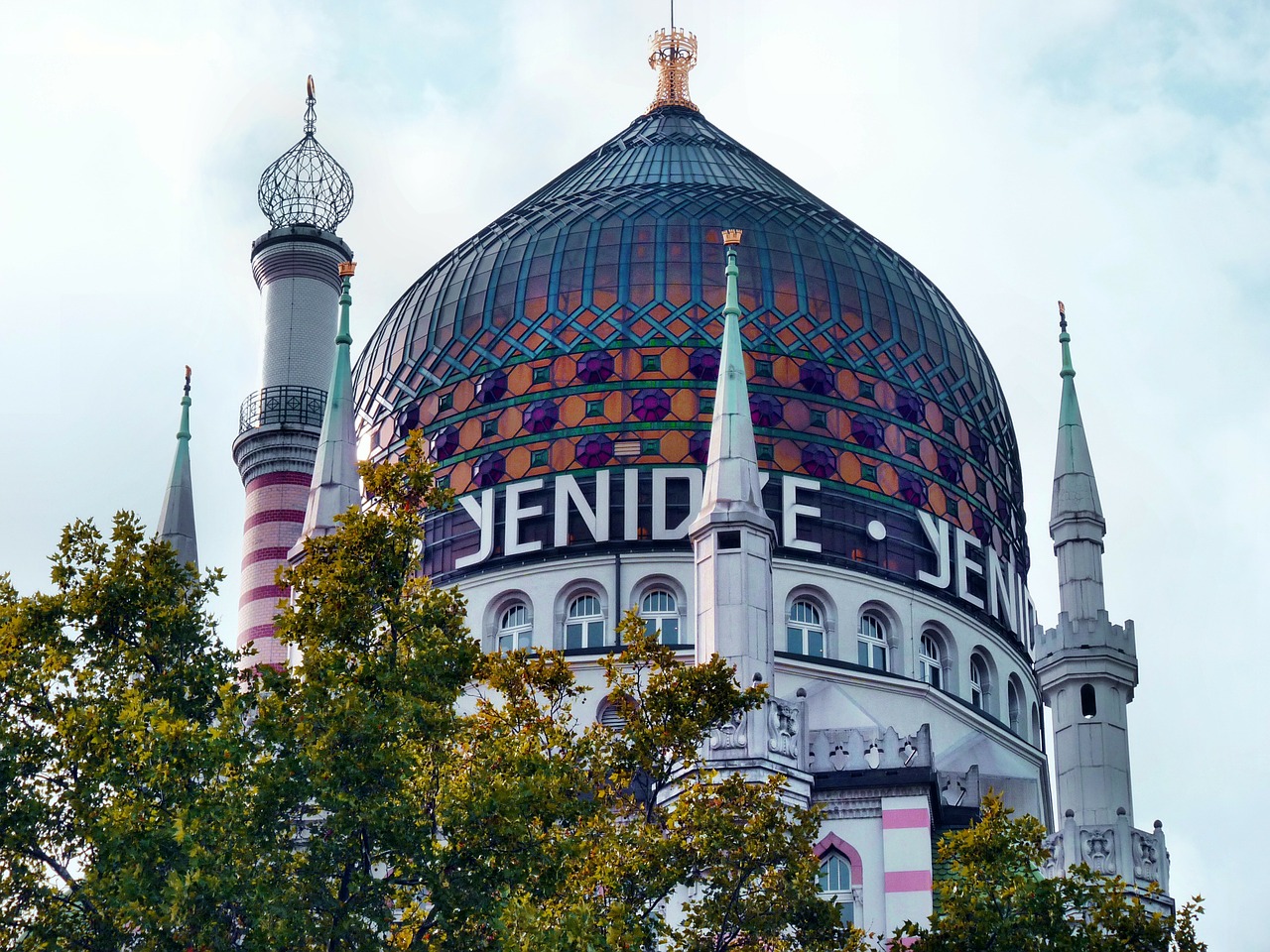The history of narrow gauge railways in Germany is quite fascinating and encompasses both practical transportation needs and the preservation of historical and scenic routes. Here’s an overview of the key points in the history of German narrow gauge railways:
Early Developments
The first narrow gauge railways in Germany appeared in the mid-19th century, often as industrial or forestry lines. These early railways were built on narrower tracks than the standard gauge to serve specific local needs.
Industrial Use
Many early narrow gauge lines were constructed to serve industries such as mining, forestry, and agriculture. They were used to transport goods, such as timber, minerals, and agricultural products, from remote areas to main transport hubs.
Rise of Tourist Railways
As standard gauge railways became more dominant for practical transportation, some narrow gauge lines were repurposed for tourism. In the 20th century, particularly after World War II, some scenic routes were preserved and operated for tourists to enjoy picturesque landscapes.
Historic Preservation
The preservation of historic narrow gauge railways gained momentum as enthusiasts and heritage organizations recognized their cultural and historical significance. Many of these railways were rescued from closure and restored to their former glory by dedicated volunteers.
Tourist Attractions
Over time, many narrow gauge railways became popular tourist attractions. They offer visitors a chance to experience the charm of steam or diesel locomotives, scenic routes through mountains, forests, and rural landscapes, and a glimpse into a bygone era of rail travel.
Modern Revival
While some narrow gauge lines remain historic attractions, others have seen modernization efforts to enhance safety and efficiency. Some railways have introduced more modern diesel or electric rolling stock while preserving the nostalgic experience.
Cultural Heritage
The existence of these narrow gauge railways has helped preserve aspects of local culture and history. They often have a strong connection to the regions they pass through and serve as living history museums.
There are notable narrow gauge railways in Germany that provide daily service. These railways play a role in preserving both the technical and cultural heritage of the regions they traverse, offering a unique and charming way to explore Germany’s diverse landscapes.
